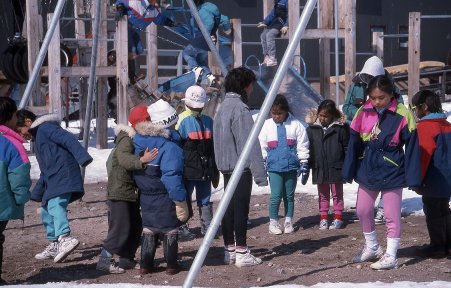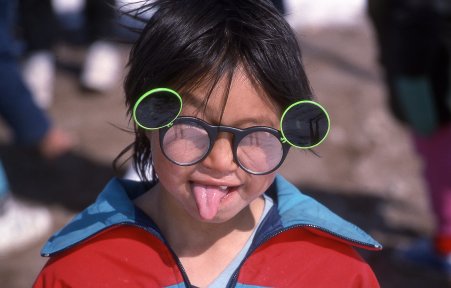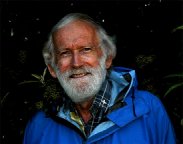
.

|
EduTech Research Project Presents John Tyman's INUIT ~ People of the Arctic Unit V: COMMUNITY, INSTITUTIONS AND VALUES Back to Main Navigation Page |
|
|
 |
 |
|
Their school playground, though, was only used in the warmer part of the year. |
And there were some days then when even sun glasses were appropriate!. |

|
1 | 2 | 3 | 4 | 5 | 6 |
1 | 2 | 3 | 4 | 5 |
1 | 2 | 3 | 4 | 5 | 6 |
1 | 2 | 3 | 4 | 5 |
1 | 2 | 3 | 4 | 5 | 6 |
![]()
Text, photos and recordings
by John Tyman
Intended for Educational Use
Only.
Copyright Pitt Rivers Museum,
Oxford University, 2010.
Contact Dr.
John Tyman for more information regarding licensing.
![]()
Photo processing, Web page layout,
and formatting by
William
Hillman | www.hillmanweb.com
Assistant Professor ~ Faculty
of Education ~ Brandon University ~ Brandon, Manitoba ~ Canada